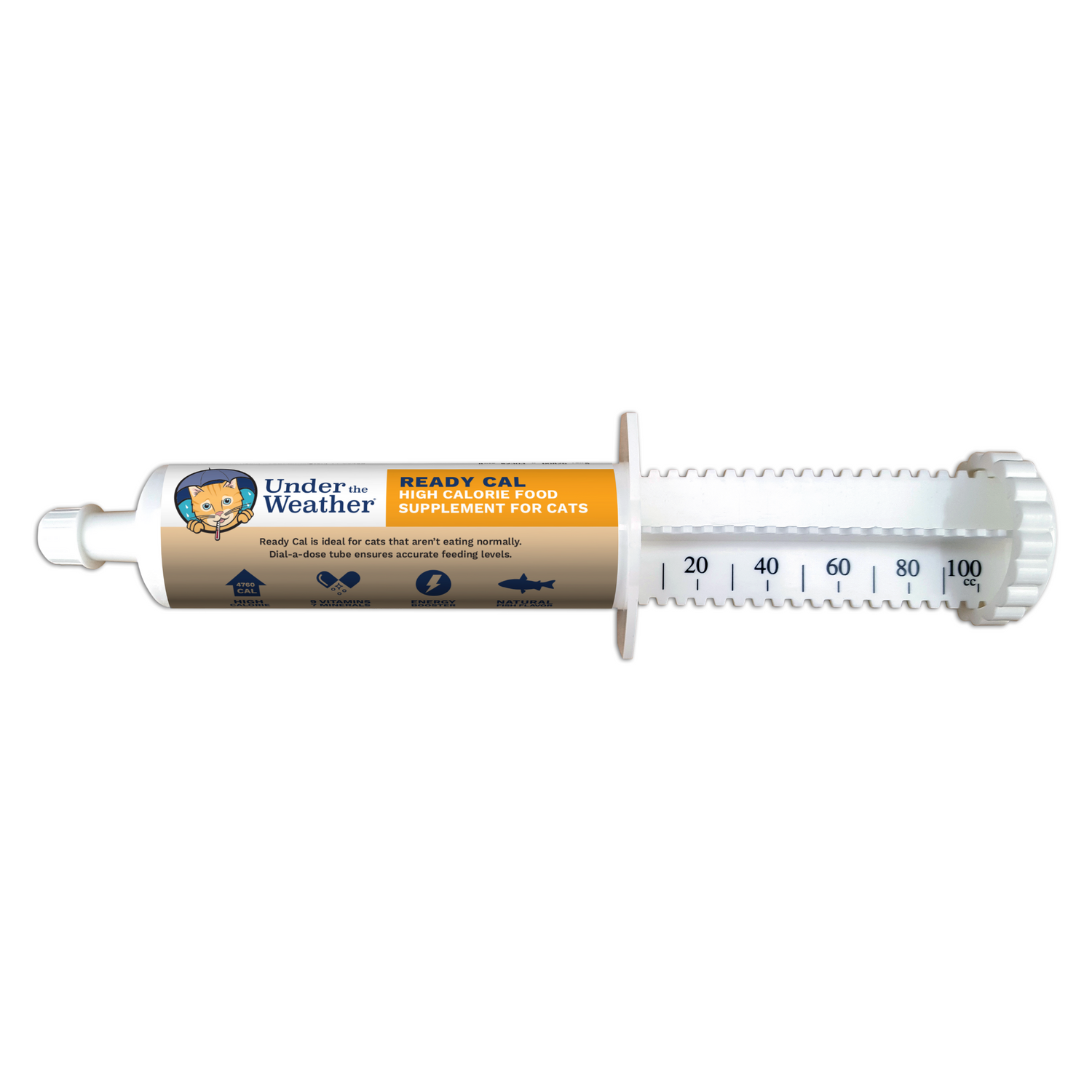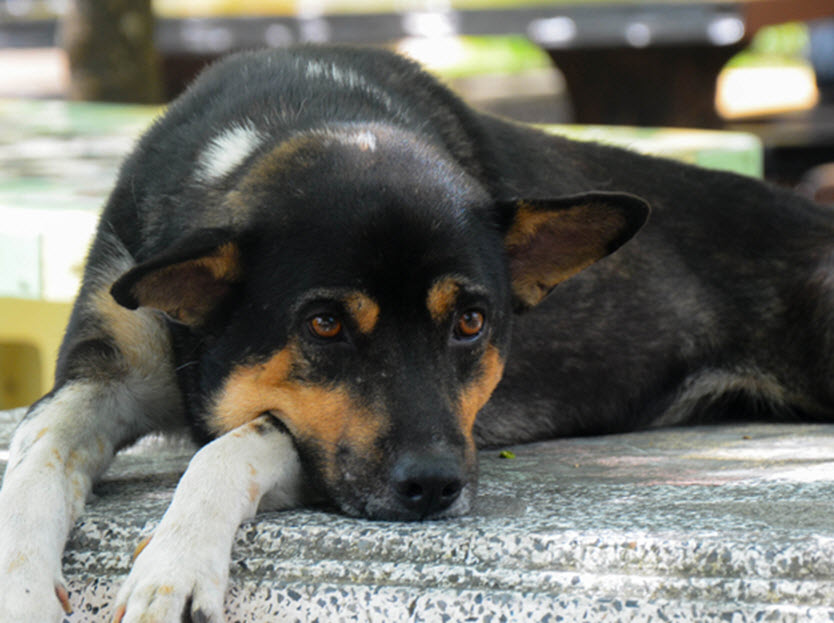Feeling nauseous is very unpleasant and impairs us from functioning at our best. Luckily for us, we can reach for products or homemade solutions that can relieve our upset stomachs. But our dogs can’t voice their discomfort, so it’s important for us to watch for the signs to help them out quickly.
Nausea can be brought on by many possible reasons such as changes in diet, eating too fast, overeating, eating something spoiled, licking something with chemicals, motion sickness or a side effect of medications. It can also be a direct symptom from an illness in the stomach or intestines, or a secondary symptom from another disease – cancer, kidney failure, diabetes or an infectious disease. Because the causes are so varied, it makes it hard to find the source of this discomfort.
The severity of the problem can be signaled by the frequency and duration of the nausea, so keep a watchful eye on your dog’s behavior. If your dog vomits but then returns to eating normally, has a normal bowel movement and acts playful, you probably have nothing to worry about. But if he continues to avoid food and acts lethargic, you’ll want to take him to get medical help.
Diagnosing Canine Nausea
The common signs associated with nausea in dogs are excessive licking, drooling or chewing and a lack of appetite. Other signals could be vomiting, dry heaving, dehydration, lethargy, abdominal pain, diarrhea, weight loss and abnormal behavior.
If the nausea is serious or persistent, your vet will likely do a physical exam and medical history with questions about diet, appetite, exposure to trash, weight loss, medications and signs of gastrointestinal disease such as vomiting or diarrhea. Common lab tests would include a complete blood count, urinalysis and fecal exam. More comprehensive tests to determine the cause of vomiting would include X-rays, an ultrasound to detect any changes in the organs, and an endoscope to diagnose or remove foreign objects from the stomach.
Treating Nausea in Dogs
Eliminating any causes that can be controlled is the first step. Changing your dog’s diet, eliminating open trash receptacles, changing your dog’s medication or feeding smaller portions are a few examples.
For more acute cases of nausea without any other physical problems, your vet may inject a drug to control the nausea and vomiting and send you home with some oral pills.
Dogs with abdominal pain, diarrhea, vomiting and lethargy may be hospitalized to continue diagnostic testing while receiving intravenous fluids and drug treatment.
Home Care and Prevention of Canine Nausea
Once home and following your vet’s recommendation for care, continue to observe your dog’s recovery. If you feel that his condition is worsening or he’s not responding as expected, a prompt return to the vet is essential.
After an episode of nausea and vomiting, it is commonly recommended to withhold food and water for 3-4 hours. If your dog hasn’t vomited again within this time, start offering a few tablespoons of water at a time every 20 minutes or so until your dog is hydrated.
After the water is reintroduced, gradually offer a bland diet meal of easily digestible food. Homemade diets are a healthier choice as they contain no preservatives which can further upset the stomach. Bland diets offer the nutrition they need while giving the gastrointestinal tract time to settle and begin healing. The most commonly recommended homemade diets are boiled white rice for the carbohydrate source and a lean protein such as skinless chicken, fried and rinsed lean hamburger or low-fat cottage cheese. For those of us that don’t have the time to shop and cook, consider a freeze-dried bland diet from Under the Weather®.
Gradually return your dog to his normal diet over 1-2 days after his appetite returns and he has normal stools. If vomiting continues or your dog shows signs of not eating, lethargy or other signs listed above, it’s important to work with your vet to do further testing to determine what else may be happening.
Preventing nausea in dogs starts with eliminating your dog’s exposure to trash, bones, decaying animals, socks, strings or toxins. Covering your trash cans and picking up any tempting things to chew on is easy to implement and just requires discipline on our part. Walking your dog on a leash will help minimize outside hazards. Keeping a freeze-dried bland diet product in your cupboard is also a great way to be ready for the next time your dog is in need, and can be taken on trips for those dogs with car sickness.
This blog is brought to you by Under the Weather®, makers of award-winning freeze-dried bland diets, including two new formulas with BONE BROTH. These bland diets are made with 100% human-grade ingredients sourced and manufactured in the U.S.A. We’ve also added electrolytes to help maintain healthy hydration levels at a time when your dog could become dehydrated. No preservatives, dyes, flavorings, soy or corn. Only wholesome goodness when your dog needs a bland diet to get through a bout of digestive upset.
Under the Weather is also an avid participant in the pet overpopulation cause. A portion of every sale is channeled to the Ruffy Rescue Transport Fund which finances the transportation of pets from overpopulated shelters around the U.S.A. to Vermont for adoption. The fund also covers the cost of spaying and neutering these animals. To date, we have helped save the lives of over 2,000 dogs. Get to know more about Ruffy and the inspiration for our company.
View Our Products
Visit Our Blog Library






